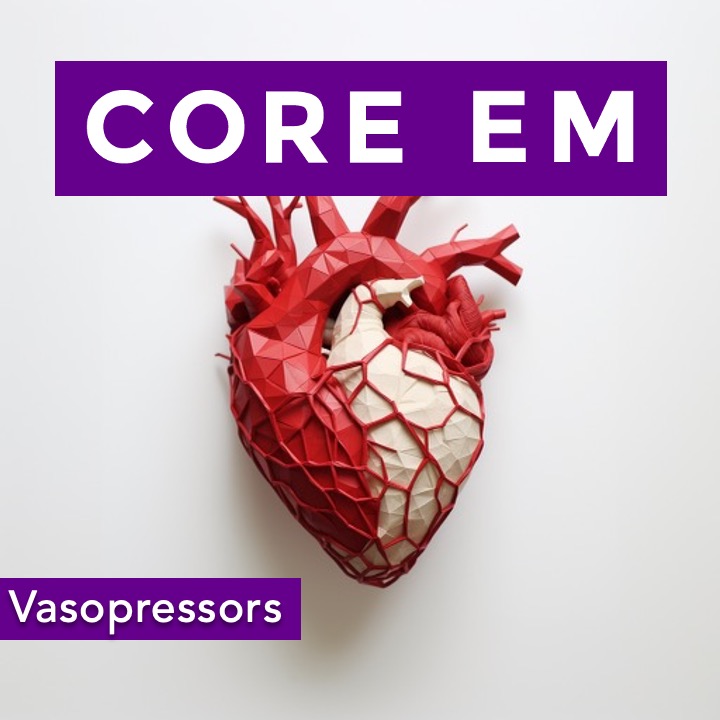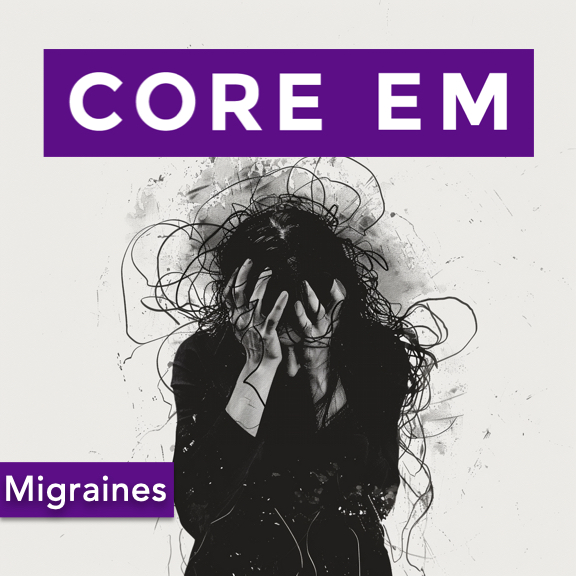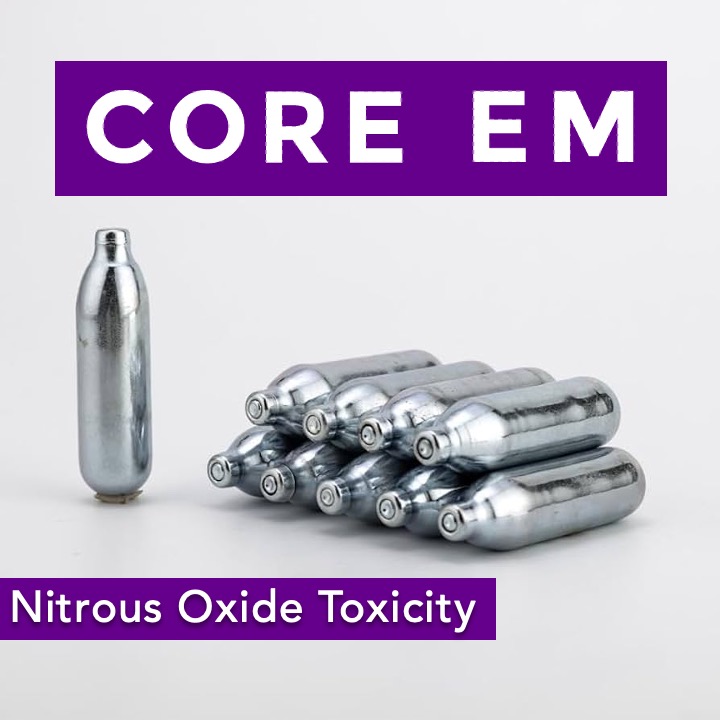Episode 188: Vasopressors
Update: 2023-09-01 4
4
Description
We go over the essential and complex topic of vasopressors in the ED.
Hosts:
Brian Gilberti, MD
Catherine Jamin, MD
Download
Leave a Comment
Tags: Critical Care
Show Notes
Introduction
- Host: Brian Gilberti, MD
- Guest: Catherine Jamin, MD
- Associate professor of Emergency Medicine at NYU Langone Health
- Vice Chair of Operations
- Triple-boarded in Emergency Medicine, Internal Medicine, and Critical Care Medicine
- Topic: Vasopressors: Essential agents for supporting critically ill patients in the ED
What Are Vasopressors and When to Use Them
- Two primary mechanisms to increase blood pressure:
- Increasing systemic vascular resistance via vasoconstriction
- Increasing cardiac output via augmenting inotropy and chronotropy
- Indicators for vasopressor use:
- MAP <65, systolic BP <90, or significant drop from baseline BP
- Signs of organ dysfunction like altered mental status, decreased urine output, elevated lactate
- Fluid resuscitation either ineffective or contraindicated (e.g., in CHF patients)
Commonly Used Vasopressors in the ED
- Norepinephrine
- Epinephrine
- Vasopressin
- Phenylephrine
Norepinephrine
- Mechanism: Stimulates alpha-1 (vasoconstriction) and beta-1 receptors (increases inotropy & chronotropy)
- Starting Dose: 10 mcg/min, titrate to MAP >65
- Max Dose: No strict limit but usually add a 2nd pressor at 15-20 mcg/min
- Situational Preference: First-line for most cases of shock (septic, undifferentiated, hypovolemic, cardiogenic)
- Pros: Can be infused peripherally via large bore IV
Vasopressin
- Mechanism: Activates V1a receptors causing vasoconstriction
- Dose: Fixed, non-titratable dose of 0.04 units/min
- Situational Preference: Second-line in septic shock
- Concerns: Potential for peripheral ischemia
Phenylephrine
- Mechanism: Stimulates alpha-1 receptors causing vasoconstriction
- Starting Dose: 100 mcg/min, titrate to MAP >65
- Situational Preference: High cardiac output states, tachyarrhythmias, peri-intubation
- Concerns: Increases afterload, can worsen low cardiac output states
Epinephrine
- Mechanism: Stimulates alpha-1, beta-1 and beta-2 receptors
- Starting Dose: 5-10 mcg/min, titrate to MAP >65
- Situational Preference: Anaphylactic shock, septic cardiomyopathy
- Limitations: Can induce tachycardia, may elevate lactate levels
Escalation Strategy in Refractory Shock
- Norepinephrine -> Vasopressin (with stress dose steroids) -> Epinephrine
- Consider POCUS, lactate, central venous saturation, and acid-base status
Peripheral Pressors
- Can safely be administered peripherally via large bore IVs in proximal upper extremity
- Sites: Cephalic or basilic veins
- Adverse Events: Low at 1.8% based on meta-analysis
- Actions in case of extravasation: Phentolamine injection, nitroglycerin paste
Push-Dose Pressors
- Primarily Phenylephrine (peri-intubation, during procedures)
- Also Epinephrine for peri-code situations
- Doses: Epi – 5-20 mcg every 2-5 min
Take-Home Points
- Most used medications are going to be norepinephrine, vasopressin, phenylephrine, and epinephrine.
- Consider these medications if there are signs of end-organ dysfunction, there is a considerable delta in baseline BP, systolic is less than 90 and/or MAP is less than 65
- Norepinephrine is a good pressor for a lot of the situations that we encounter in the emergency department, such as septic shock, undifferentiated shock and hypovolemic shock.
- Vasopressin is commonly the second we reach for in most of these scenarios
- Epinephrine will be first for anaphylactic shock and may be the third agent in septic shock
- Think about phenylephrine in high-output states (patients with tachydysrhythmias), or with AS, though be cautious in patient with low cardiac output
- The benefits outweigh risks for peripheral pressors in situations where you promptly have to increase blood pressure while you work on central access
- Push-dose pressures can help you in a peritinbatuion or pericode situation because it is going to be one of the fastest ways we can boost BP while we work on other measures to stabilize the patient
Additional References
- Importance of RUSH (Rapid Ultrasound in SHock) exam for diagnosis and treatment planning: https://emcrit.org/rush-exam/
Read More
Comments
Top Podcasts
The Best New Comedy Podcast Right Now – June 2024The Best News Podcast Right Now – June 2024The Best New Business Podcast Right Now – June 2024The Best New Sports Podcast Right Now – June 2024The Best New True Crime Podcast Right Now – June 2024The Best New Joe Rogan Experience Podcast Right Now – June 20The Best New Dan Bongino Show Podcast Right Now – June 20The Best New Mark Levin Podcast – June 2024
In Channel










